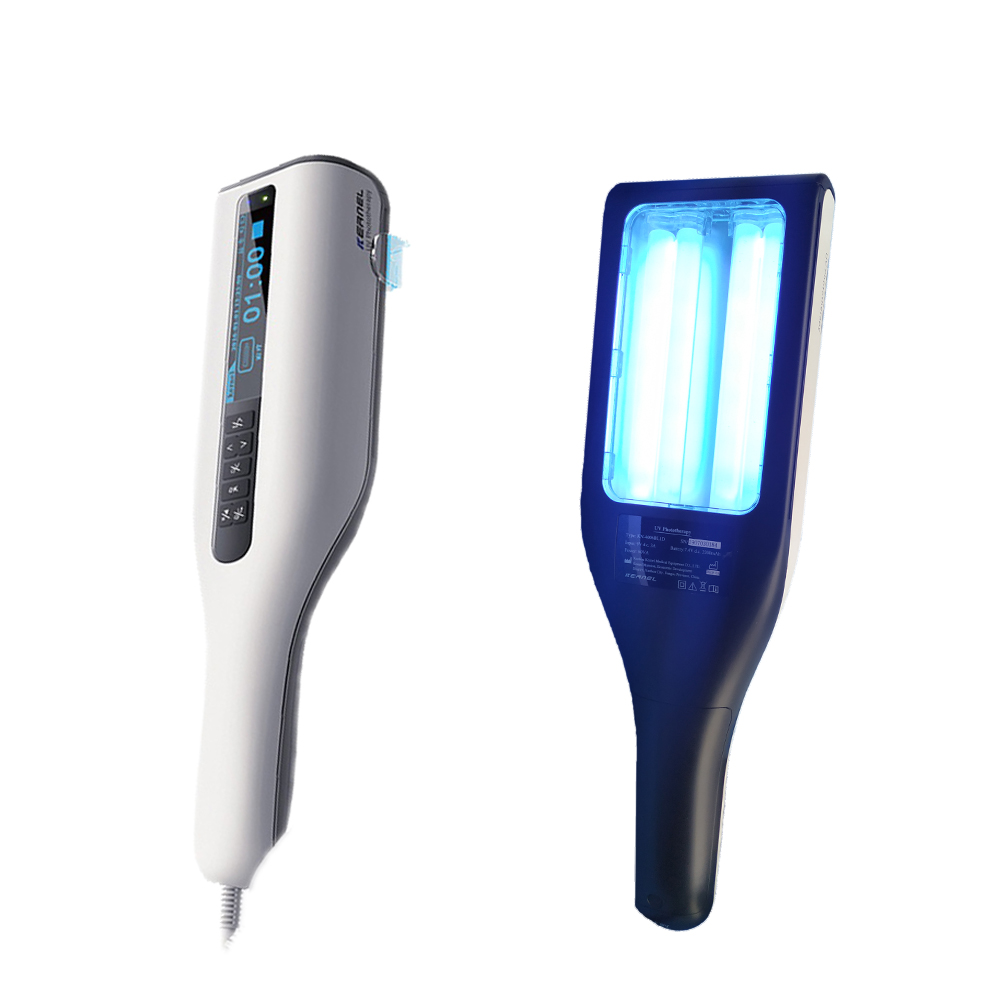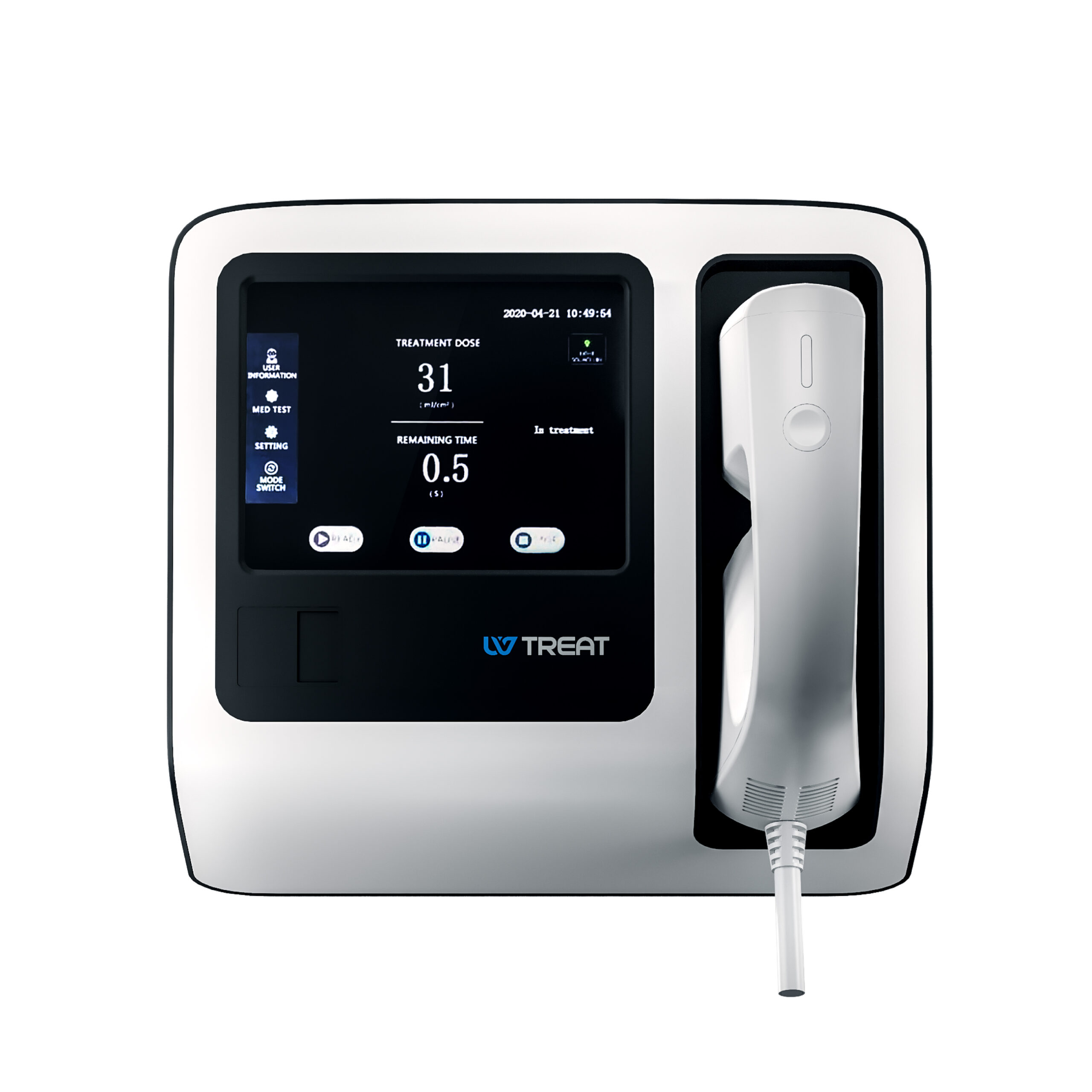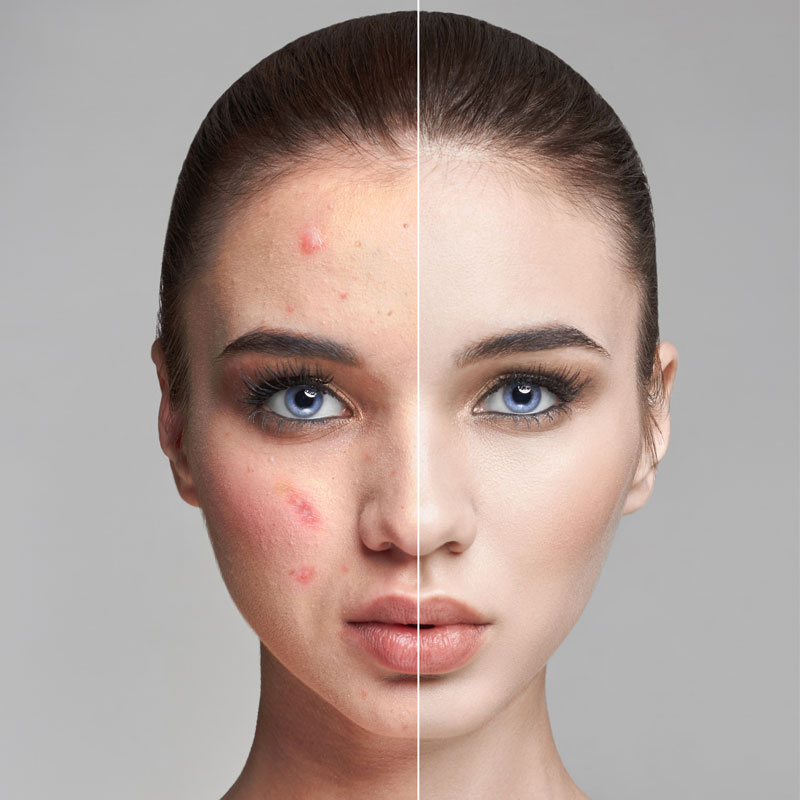Published on February 01, 2024
Parapsoriasis and Psoriasis: Differences and Similarities

References
American Academy of Dermatology. (2021). Psoriasis: Diagnosis and treatment. Retrieved from https://www.aad.org/public/diseases/psoriasis/treatment/diagnosis-treat
Armstrong, A. W., Robertson, A. D., Wu, J., Schupp, C., & Lebwohl, M. G. (2013). Undertreatment, treatment trends, and treatment dissatisfaction among patients with psoriasis and psoriatic arthritis in the United States. Journal of the American Academy of Dermatology, 69(5), 761-769.
National Institute of Arthritis and Musculoskeletal and Skin Diseases. (2020). Psoriasis. Retrieved from https://www.niams.nih.gov/health-topics/psoriasis
National Psoriasis Foundation. (n.d.). About Psoriasis. Retrieved from https://www.psoriasis.org/about-psoriasis/
Ploysangam, T., Breneman, D. L., & Mutasim, D. F. (1997). Cutaneous pseudolymphoma. Archives of Dermatology, 133(7), 867-872. https://doi.org/10.1001/archderm.133.7.867
Willemze, R., Jansen, P. M., Cerroni, L., Berti, E., Santucci, M., Assaf, C., … & Bagot, M. (2005). Subcutaneous panniculitis-like T-cell lymphoma: Definition, classification, and prognostic factors: An EORTC Cutaneous Lymphoma Group Study of 83 cases. Blood, 105(3), 3768-3785. https://www.ncbi.nlm.nih.gov/pmc/articles/PMC6471628/
World Health Organization. (2016). Global report on psoriasis. Retrieved from https://www.who.int/publications/i/item/global-report-on-psoriasis
Large Plaque Parapsoriasis, ScienceDirect (2012)
https://www.sciencedirect.com/topics/medicine-and-dentistry/large-plaque-parapsoriasis









